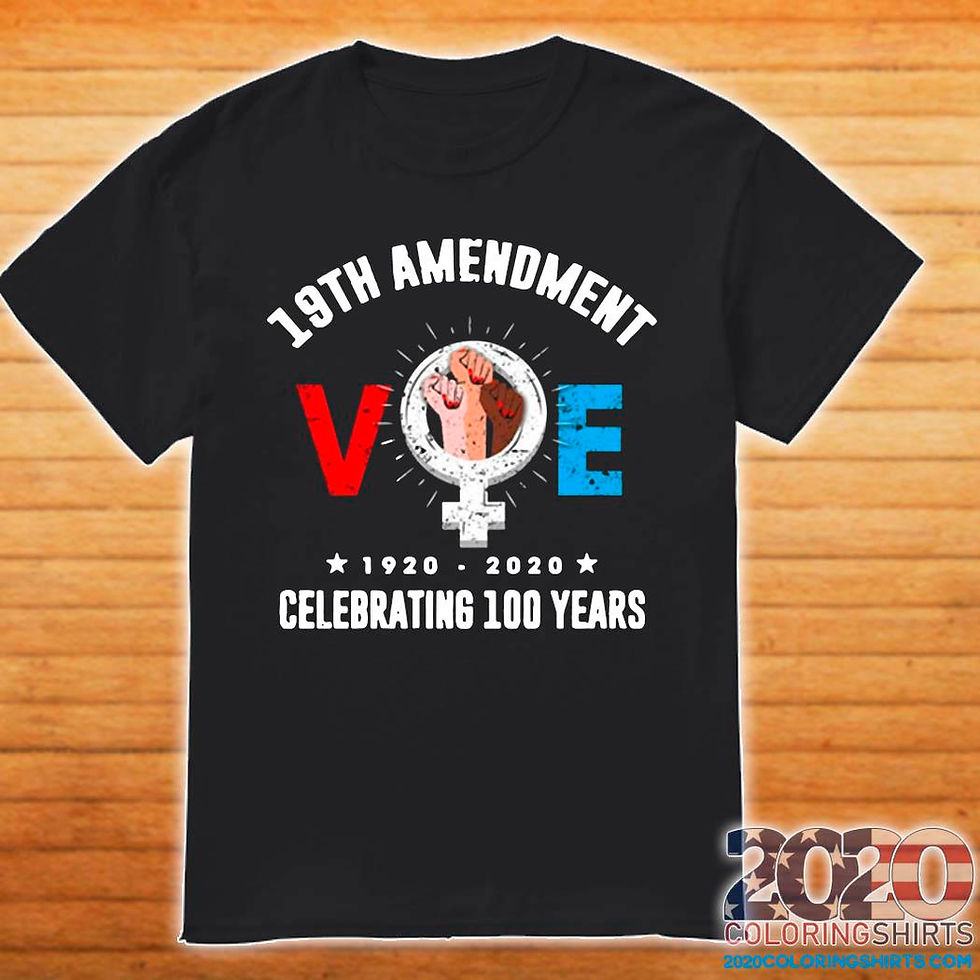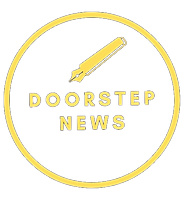100 Years of the Nineteenth Amendment
- Maeve Korengold

- Aug 11, 2020
- 4 min read
Updated: Dec 22, 2024
As the 19th amendment turns 100 years old, Maeve Korengold writes about its significance, but also the disparities it failed to address. While white women are often considered the figureheads of the suffragist movement, some of the most famous members lacked intersectionality. Learn more about the barriers Black women had to overcome in order to vote - these included literacy tests and poll taxes.

August 26, 2020, marks the centennial of the certification of the nineteenth amendment to the United States Constitution by Bainbridge Colby, the U.S Secretary of State. This addition abolished any legislation that kept women from voting. The certification of this amendment was a major event in history, and women’s rights groups are planning events and selling t-shirts to celebrate this milestone. However, the true history of the movement is often forgotten.
A common misconception surrounding the nineteenth amendment is that women were guaranteed the ability to vote, but this wasn’t the case. This amendment read: “The right of citizens of the United States to vote shall not be denied or abridged by the United States or by any state on account of sex. Congress shall have power to enforce this article by appropriate legislation.” Although they were no longer explicitly forbidden from showing up at the polls, women still had to steer around state laws concerning age, citizenship, residency, and mental competence in order to make their votes count.
Of all the barriers that women had to cross in order to vote, racism was the most considerable. Like their fathers, brothers, and husbands after the ratification of the fifteenth amendment, Black women were subjected to poll taxes, literacy tests, and the grandfather clause. These hurdles combined with outside intimidation and threats of violence shut many Black Americans out of the polls. The barriers that prevented Black Americans from voting ended in 1965 when President Lyndon B. Johnson passed the Voting Rights Act.
Despite this, numerous Black women showed up to cast their ballots in the fall of 1920. In preparation, they “gathered their courage and their savvy”. Wilmington’s News Journal reported that the number of people who came to vote in Kent County, Delaware was “unusually large.” However, Black women who “failed to comply with constitutional tests” were turned away. A Black-owned newspaper by the name of Voice of the People accounted that, of the fourteen-hundred and forty-five people who were registered to vote in Huntsville, Alabama, only six of them were Black women. This newspaper also reported that officials at polling places implemented “the same rules of qualification” to women as they did to men of color.
Fannie Barrier Williams was a Black educator and political activist. She started a “suffrage school” in St Louis, Missouri’s Black YWCA in which Black women prepared for voter registration by learning how to pay poll taxes and pass literacy tests. It was later reported that almost every woman in the city registered to vote that season. Williams was a co-founder of the National Association of Colored Women and the National Association for the Advancement of Colored People, and she was also the only Black person chosen to eulogize Susan B. Anthony at the National American Woman Suffrage Convention.

Mary McLeod Bethune, a Black civil-rights advocate and suffragist, rode door to door on her bicycle to raise money for poll taxes. In addition to this, she taught night classes tohelp women pass the literacy tests that were required to register to vote. She went on to become the first president of the National Association of Colored Women and the director of the Division of Negro Affairs of the National Youth Administration. She was the first Black woman to be a federal agency head and the first Black person and the first woman in Washington to be honored with a statue in a public park.
Many other Black suffragists such as Harriet Forten Purvis, Angelina Weld Grimke, Sarah Remond, Ida B. Wells-Barnett, Mary Talbert, and Mary McCurdy are often erased from the movement. White figures such as Susan B. Anthony, Elizabeth Cady Stanton are often considered figureheads for the suffragist movement. However, they are perceived by some as ignorant of the struggles encountered by the Black suffragists who were fighting alongside them.
Many white suffragists opposed the fifteenth amendment because it didn’t rectify the inequality in voting rights between the sexes, but rather between Black and white men, and abolitionists and Republicans were “intent on prioritizing black men’s suffrage over that of women.” Prominent white suffragists “responded to this sexism by adopting anti-black arguments for women’s suffrage and courting the support of racists who opposed black men’s right to vote.” Susan B. Anthony is famously quoted as saying: “I will cut off this right arm of mine before I will ever work or demand the ballot for the Negro and not the woman.”
Michelle Duster is the great-granddaughter of Ida B. Wells-Barnett, a Black anti-lynching activist and suffragist. She describes uncovering her great-grandmother’s life and legacy as “experiencing the results of intentional misinformation.” Ms. Duster spreads awareness of Wells-Barnett’s story in her book called Ida B. The Queen: The Extraordinary Life and Legacy of Ida B. Wells. Ms. Duster plans “to educate people about the involvement of Black women in the suffrage movement, and how it ties into today.”
Anna Plotkin-Swing is the great-granddaughter of Betty Gram Swing, a Danish-born suffragist and women’s rights activist. She says that “the suffragist movement was pretty pointedly exclusionary of Black women and other women of color, they made decisions to exclude those voices and those individuals from their movement because they thought it would detract from their cause.”
White feminism, defined as “label given to feminist efforts and actions that uplift white women but that exclude or otherwise fail to address issues faced by minority groups, especially women of color and LGBTQ women,” is considered harmful by women’s rights groups, who believe it is still prevalent within society. These activists argue that intersectionality encompasses the struggles of various marginalized groups, and is vital to a movement that promotes true equality.

_edited.png)



Comments